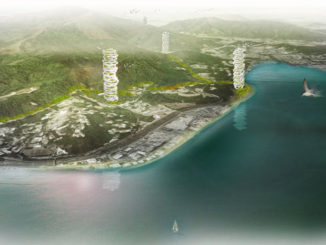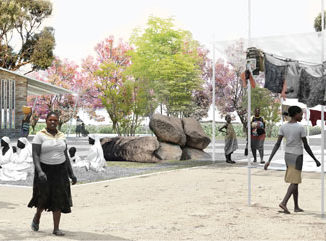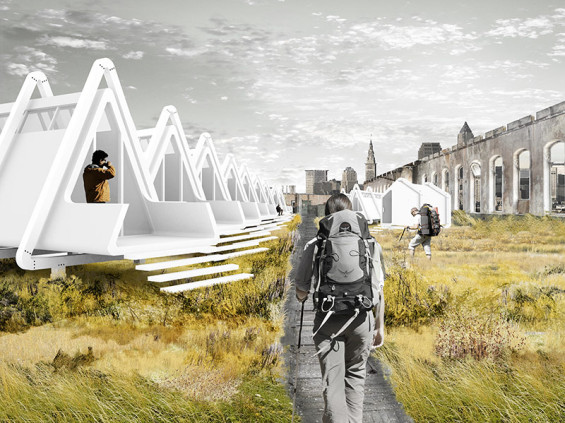
Wilderness and the City
The concept of wilderness has been ingrained in American culture since its inception. Founding Settlers viewed wilderness as the other. Coming from a euro-centric past settlers had a novel idea of Wildness; where wilderness had been pushed out the landscape of the European continent. Only highly maintained aesthetic manifestation of wilderness created by contemporaries of the time remained. These natural gardens could be seen by many early English immigrants to America.
What the American settlers found was a place where Wilderness was harsh and unrelenting, filled with wild beast, savages and again a seemingly untamed nature. Humans although, are not the only species to change their environments. Wilderness has been manipulated for hundreds of thousands of years. Today we know when species comes in contact with one another they create a relationship. No matter how infinitesimal this bond it forms the makings of an ecosystem. From field mice and rabbits in the Wisconsin prairie that would girdle the saplings of oaks to keep the forest at bay [1] in Leopold’s Sand County Almanac; To humans use of machines, which are adding excessive amounts of greenhouse gasses into the atmosphere and changing the global climate [2]. The wilderness has been and will continue to undergo constant change.
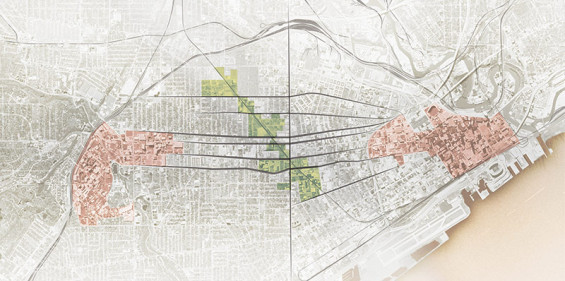
Today Landscape architects, ecologist and conservationist grapple with questions like, is there any wilderness left? What wilderness is worth protecting and how do we mange wilderness? Governments and culture have even gone so far as to define wilderness. “Wilderness, in contrast with those areas where man and his own works dominate the landscape, is hereby recognized as an area where the earth and its community of life are untrammelled by man, where man himself is a visitor who does not remain” [3]. This statement from the US wilderness Act of 1964 has maintained the perception of wilderness that Americans have been using since its inception. That wilderness are the lands man cannot remain and nature rules supreme, its beauty strikes sublimity to the unsuspecting viewer and the chaos of nature has no place in the order of urbanity. This conception has been useful in preserving millions of acres of land for fiscally valuable resources, vast recreational areas, and environmental safe havens. This project takes an alternate perception of wilderness as means of manage and program forgotten lands of the post industrial city.
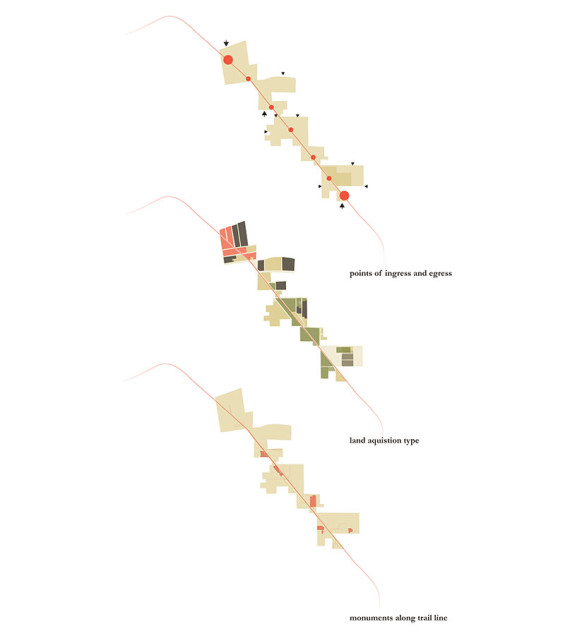
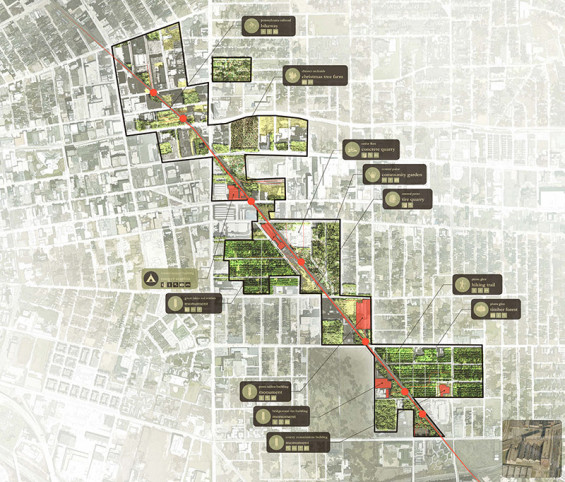
At present there are many places that man does not remain but have been trampled by the unrelenting forward progress of the Man. Nature has returned with indifference to these lands Forgotten and decaying. the industrial centers of America have seen the golden years long since past. Today places like Cleveland and Detroit have large tracks of forgotten lands that sit unchanged by the current workings of Civilization. The “Urban wilderness” takes the visages of urbanity and the systems of nature, producing a hybrid landscape.
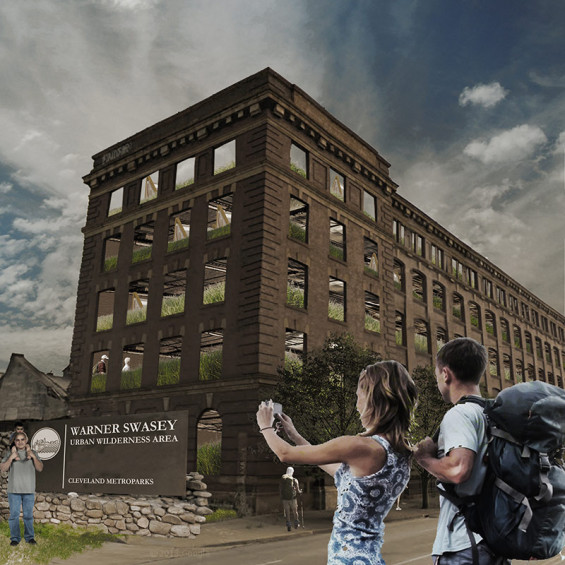
Welcome to the Warner Swasey Urban Wilderness Area.
The spinal thread of the site, The Warner Swasey Wilderness Area, a vacated rail line situated between two significant zones of high density in Cleveland, Ohio; the downtown area, and the Cleveland Clinic campus. The spine is marked by vacant land and structures left in ruin. The relics are the consequences of shifts in production since the industrial revolution, and changes in the economic climate. From the spine spreads a series of monuments that have taken over vacated industrial sites. These monuments are situated between the gridded blocks of open wilderness zones that w once residential and commercial. The large parcels and deep setbacks of the industrial area accommodate for this new type of urban gentrification. According to Marilyn Miller of the Beacon Journal, “The Canton City Council passed a law making it a fourth-degree misdemeanor to have a lawn with grass higher than 8 inches. Starting July 3, offenders can be fined $250 and sentenced to a maximum of 30 days in jail” [4]. However, since many properties have been defaulted on this maintenance responsibility has fallen on the city. The City of Cleveland is currently paying to maintain countless empty lots throughout the city. This plan seeks to reform those spaces into profit generating spaces, constructing material quarries, various forestation, and recreational spaces on the vacant parcels. The Warner Swasey Building, originally a machine-tool shop, officially closed in 1985 and the City of Cleveland has maintained the structure since [5]. Now, as a newly dedicated “Urban Wilderness Area”, the building becomes an asylum in the city for recreation and commerce. The ground level receives the heaviest programming. As the main ranger station, a large market, and a hub for various recreational activities, this floor acts as a cardinal attraction for the wilderness area. As the building rises, program simplifies. This accommodates for urban camping spaces that are a protected oasis to experience the wilderness. The building becomes a shell of its former self. This allows for the line to be blurred between urban and wilderness, building and landscape and object and field.
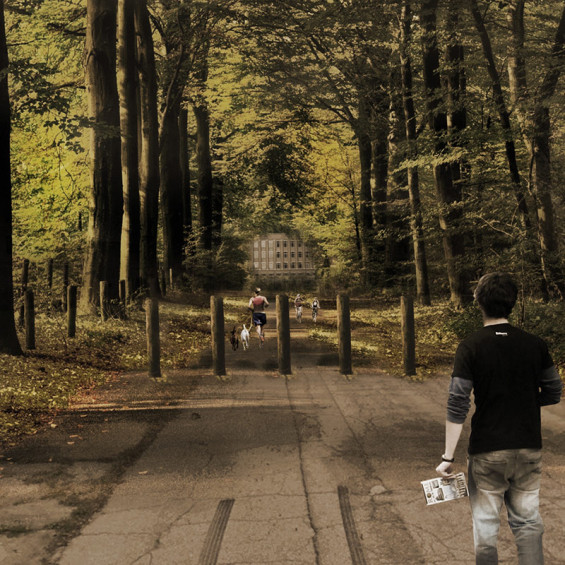
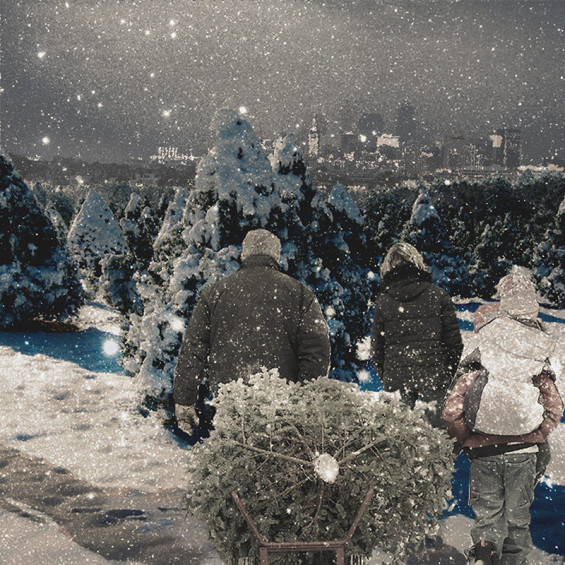
As the building lay in ruin among invasive weeds and rusting rails, it becomes vibrant and cognizant part of society once again. The infusion of wilderness celebrated at Warner Swasey Urban Wilderness Area is ingrained in the contemporary idolatry of the romantic ruin. As post-industrial Cleveland exemplifies both the impact of the industrial paradigm shift and the desperate urban need for the benefits of nature. “Nature is almost everywhere. But wherever it is there is one thing that nature is not: pristine [6]. The urban wilderness captures the essence of this statement. Neither without mans controlling touch nor natures relational order an Urban wilderness is the synthesis of both. A forgotten place where man no longer remains but the earth and all its communities thrive.
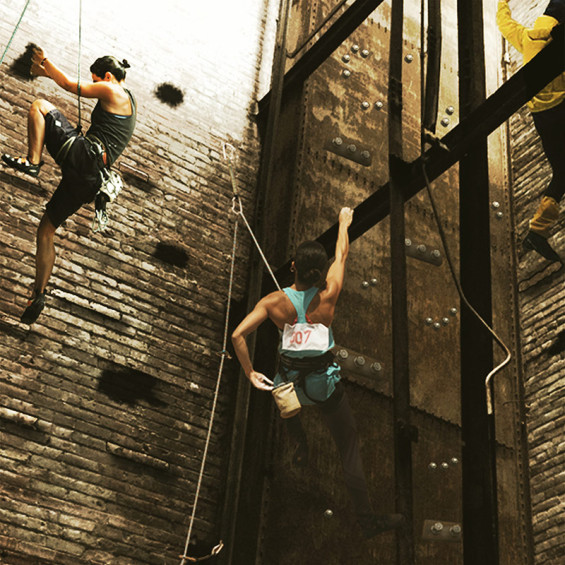
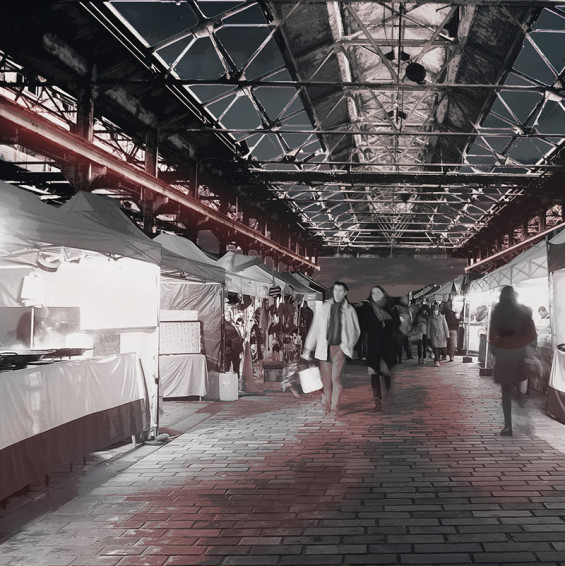
Footnotes
1 Leopold, Aldo, and Charles Walsh Schwartz. A Sand County Almanac With Other Essays on Conservation from Round River. [Enl. ed. New York: Oxford University Press, 1966.
2 Marris, Emma. Rambunctious Garden: Saving Nature in a Post-wild World. New York: Bloomsbury, 2011
3 National Wilderness Preservation System: Report to Accompany H.R. 9070. Washington [D.C.: U.S. G.P.O., 1964.
4 Miller, Marilyn. “Landowners Could Get Clipped for Tall Grass.” Akron Beacon Journal, June 12, 2008. Accessed December 16, 2013. http://www.ohio.com/news/top-stories/landowners-could-get-clipped-for-tall-grass-1.98584programs
5 Jim Dubelko, “Warner and Swasey Building,” Cleveland Historical, accessed October 1, 2014, http://clevelandhistorical.org/items/show/623
6 Marris, Emma. Rambunctious Garden: Saving Nature in a Post-wild World. New York: Bloomsbury, 2011
Warner Swasey Wilderness Area | Cleavland, Ohio USA
Designed | Winter 2013-2014
Designers |
Shelly Drees – Undergraduate Landscape Architecture student at the Ohio State University Knowlton School Of Architecture
Matt Johnson – Graduate Architecture student at the Ohio State University Knowlton School Of Architecture
Shortlisted for a competition – Fentress Global Challenge: Upcycled Architecture

